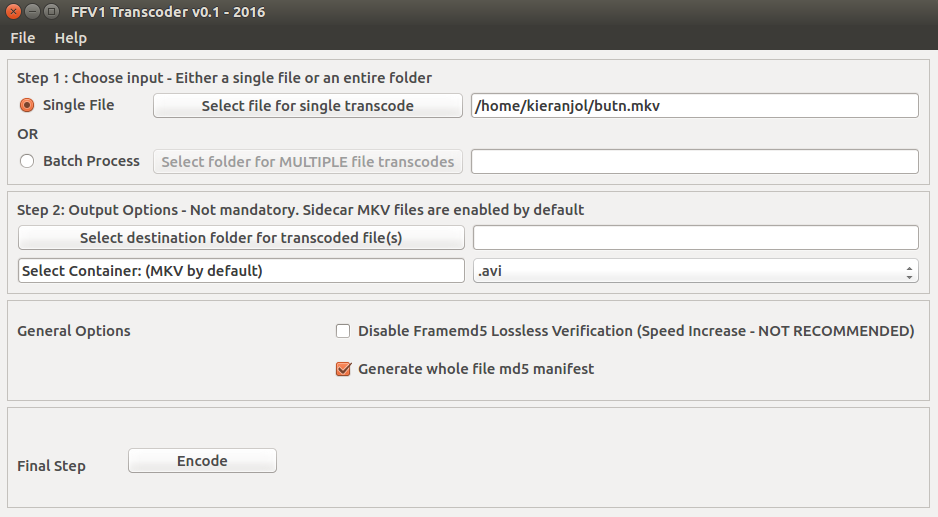
To do this, I created a file called gopro.txt with the following content: file 'GOPR0940.MP4'

I don't need all frames, but I need a list of framesīecause all files is from same movie, I "merged" all files. What I'm trying to do is extract some specific frames of the FULL MOVIE. Use the command below to extract the keyframes (the frames that contain all the data necessary for the image and are not interpolated).The GoPRO split the movie in several files (I believe because of FAT32 size limitation). E.g the example below will output 1 image every 450 seconds ffmpeg \ You can extract images every time interval by using fractions. If you want to prefix with 0's on the output images, use image_%03d.jpg for image_001.jpg, image_002.jpg etc.

Outputs will be image_1.png, image_2.png, image_3.png You can specify a value up to 31 for more compressed images, but I go with the highest quality and perform my image manipulation later with other tools. The -q:v 1 tells FFmpeg to take the highest quality image possible. There is a chance this may result in artifacts, but it is much faster. ffmpeg \īy placing -ss parameter ahead of the input, FFmpeg will seek to the closest point in the file first, and then take the screenshot. The code below will extract 1 frame from an input file at the specified time.

Examples Extract 1 Image At Specific Point Setting Image Quality/Compressionįor all the examples below, when outputting as a jpg file, you can specify -q:v 1 to tell FFmpeg to take the highest quality image possible.

The examples below show you various ways to extract images from videos using FFmpeg. The most common need for this is for creating thumbnails for your video files on a website. Sometimes it's useful to extract images from videos.


 0 kommentar(er)
0 kommentar(er)
